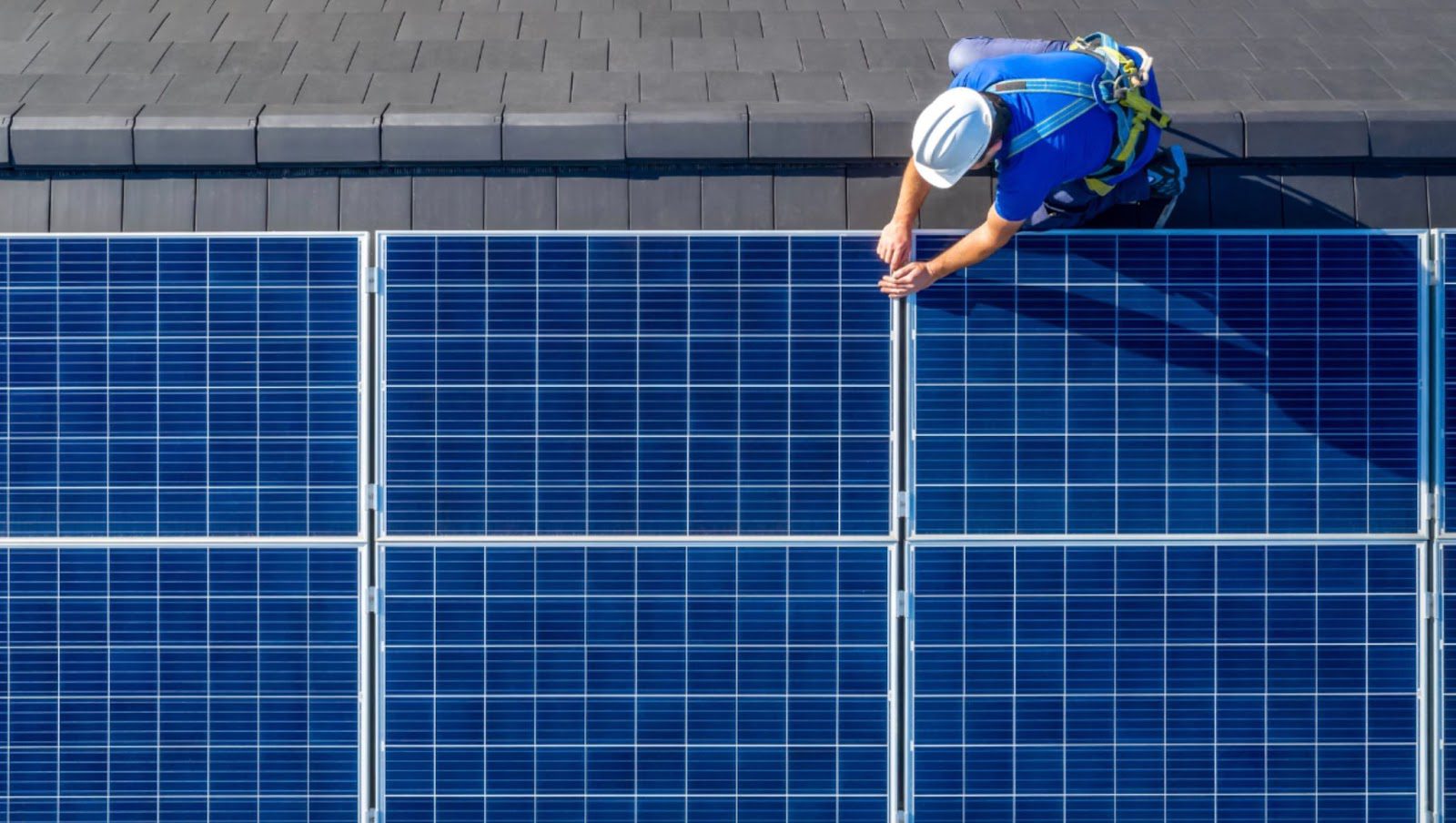The Solar for All program is expanding to lower-income communities in the American South. The new program, designed to make solar access readily available to residents across the United States, is now available in Alabama, Georgia, North Carolina, South Carolina, Tennessee, and Virginia. The grant program, funded by the federal bipartisan Inflation Reduction Act, will award $7 billion in up to 70 grants in disadvantaged communities ready for residential solar investment.
Solar for All is housed under the umbrella of the Environmental Protection Agency and the current president’s Investing in America agenda. It is expected to impact millions of low-income households by decreasing average local utility bills by up to 20%.
The grants come in tandem with billions of current dollars available in funding for building code updates, energy efficiency upgrades, and energy storage systems that can add to solar’s ability to be both effective and affordable. Overall, the government’s fiscal commitment to solar will not only cut costs for many, but it will also help boost job growth and spur innovation across the region.

Photo Courtesy Southern Environment
“This is a generational opportunity to enable low-income households in the South to access affordable, resilient, and clean solar energy,” Gudrun Thompson, leader of the Southern Environmental Law Center (SELC), said in a SELC article. “I’m thrilled to see enthusiasm for this funding in southern states, which have traditionally lagged behind the rest of the country in residential solar while many households struggle to pay their electricity bills.”
Expanding renewable energy resources in low-income southern states is cost-cutting for all. In many cases, low-income households face a higher percentage of gross household income spent on energy costs, essentially paying a disproportionately higher energy burden. The Solar for All funding will help re-balance that inequity.

Photo Courtesy Southern Environment
According to the SELC, the grants also can potentially “double the number of rooftop solar customers with 100% of cost-saving solar benefiting them.”
Additionally, the funding will add more high-paying clean energy jobs to these communities while providing workforce development to enable more income for residents and creating ready access to resilient, cheaper, and cleaner solar energy.
“This funding could tip the balance for Southern families overburdened by rising energy bills and who lack access to clean, affordable, reliable power,” said Alys Campaigne, SELC’s climate initiative leader. “This funding is key to not just expanding renewable energy but making it cost-effective for the Southerners who need it most.”

Photo Courtesy Southern Environment
With the solar industry growing nationwide at an average rate of 24% per year, it’s important that low-income and marginalized communities can take full advantage of all of the benefits cheaper energy is bestowing on Americans. By expanding solar access to all, the entire country benefits with lower energy costs, more new jobs, and a move toward US-led energy innovation.





